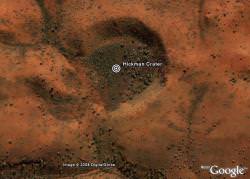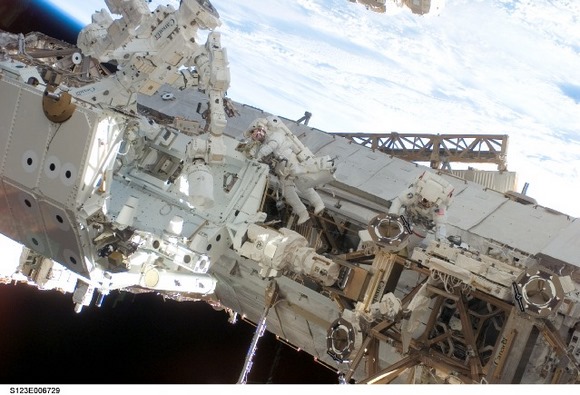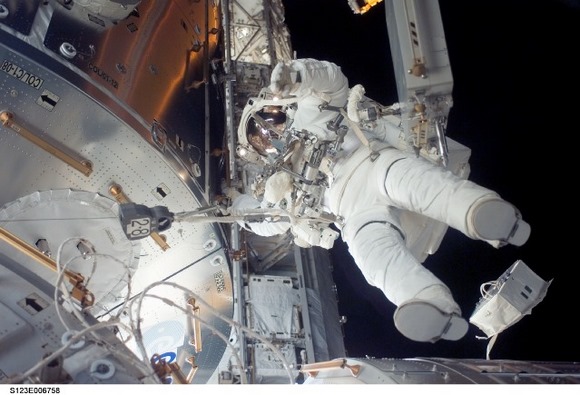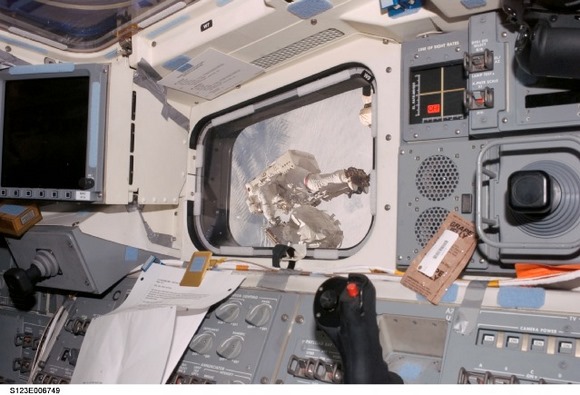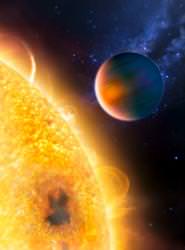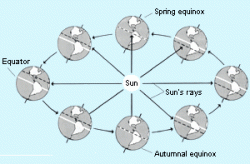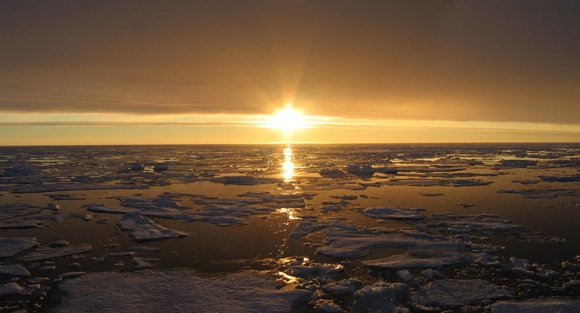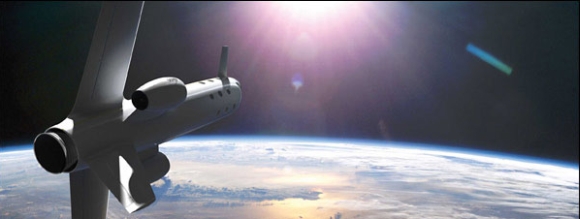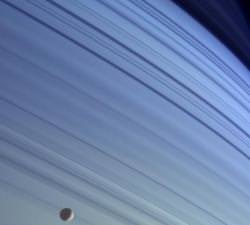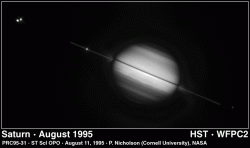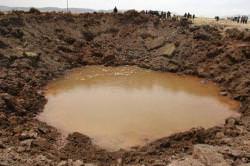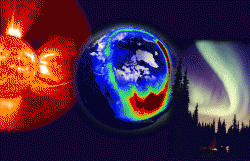Europe’s leading spacecraft manufacturer EADS Astrium, the builders of the Ariane rocket (that launches many of Europe’s space missions), has announced plans to mass produce the next generation of space planes. Developing the design of a single-stage “rocket plane”, the company believes there will be a demand for 10 spacecraft per year when the space tourism idea “takes off”. Astrium won’t be running tourist trips themselves; they will simply supply the hardware to space tourism companies predicting the industry will progress along the same lines of a classical aeronautical business model. Astrium has even released an excellent and inspiring (and realistic!) promotional video simulation of the spacecraft launch and view of space…

Astrium has big plans. As space tourism companies begin to emerge, like Richard Branson’s Virgin Galactic, the technology capable of taking tourists above 100 km into the threshold of space is developing at an accelerated rate.
At first glance, the new Astrium concept looks just like a conventional jet, but this aircraft is different. For the first part of the journey high into Earth’s atmosphere, the spacecraft uses conventional jets (that require oxygen to function). At about 12 km, the jets will be rendered useless as atmospheric oxygen begins to thin out. At this point rocket engines, supplied by onboard tanks of oxygen and methane, will rumble into operation blasting the craft vertically into space at high velocity. The spacecraft will have covered 60 km in 80 seconds and will have enough momentum to continue into space, breaching the 100 km “lower limit” of space.

Watch the Astrium simulation of a trip on board the spacecraft.
Astrium forecasts a healthy market for their space planes, and although it won’t be in the same league as Boeing or Airbus, it will be a big step for space tourism.
One of the big players in the space tourism market will be Virgin Galactic. Virgin’s business plan is to sell tourist flights as well as develop and maintain their own spacecraft (by partnering with Burt Rutan’s Scaled Composites). Astrium’s plans are a lot simpler. They will manufacture the space planes and sell them to space tourism companies. Assuming a similar pattern to classical aerospace business models, there could be many tourist carriers using the same Astrium-class spacecraft.
“It will develop towards a classical aeronautical business model. Someone will build the planes; somebody will operate them; somebody will sell the tickets; somebody will provide the accommodation – like any tourism.” – Robert Laine, chief technical officer (CTO) of EADS (Astrium)

Speaking in London at the Institution of Engineering and Technology, delivering the 99th Kelvin Lecture, Robert Laine, CTO of EADS (Astrium), outlined Astrium’s plan for the future. According to Laine, Astrium’s new space plane is developing quickly, and the aerodynamic structure is undergoing final wind tunnel tests. The Romeo rocket engine has been successful in advanced tests, and has run for 31 seconds. To provide the craft with enough boost to leave the Earth’s atmosphere, it will need to burn for 80 seconds. The oxygen-methane fuel engine will give the spacecraft a high enough velocity (1 km/s) to exit the atmosphere.

About 50% of the starting mass of the plane will be fuel. The preliminary design will have enough room for five people – four tourists, one pilot.
Ultimately the Astrium design is hoped to have a lifetime of 10 years and will be easy to maintain. What makes this design even more interesting is its conventional take-off and landing, plus there is no requirement for a launch vehicle. The craft could be used in conventional airports, but Astrium believes custom-made spaceports will be a better solution to avoid busy air traffic. Laine believes that the Astrium spacecraft can be fully operational within five years of a financing deal being signed.
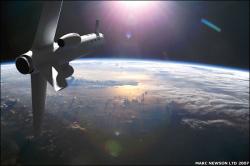
Although weightlessness is only likely to be three minutes long, the two hour round trip will certainly be exhilarating. The three-G acceleration as the rocket engines kick in will be worth the trip alone!
Keep an eye on Astrium, they may be a close second to manufacturing a space tourist craft after Richard Branson…
Source: BBC

